Physical Address
304 North Cardinal St.
Dorchester Center, MA 02124
Physical Address
304 North Cardinal St.
Dorchester Center, MA 02124
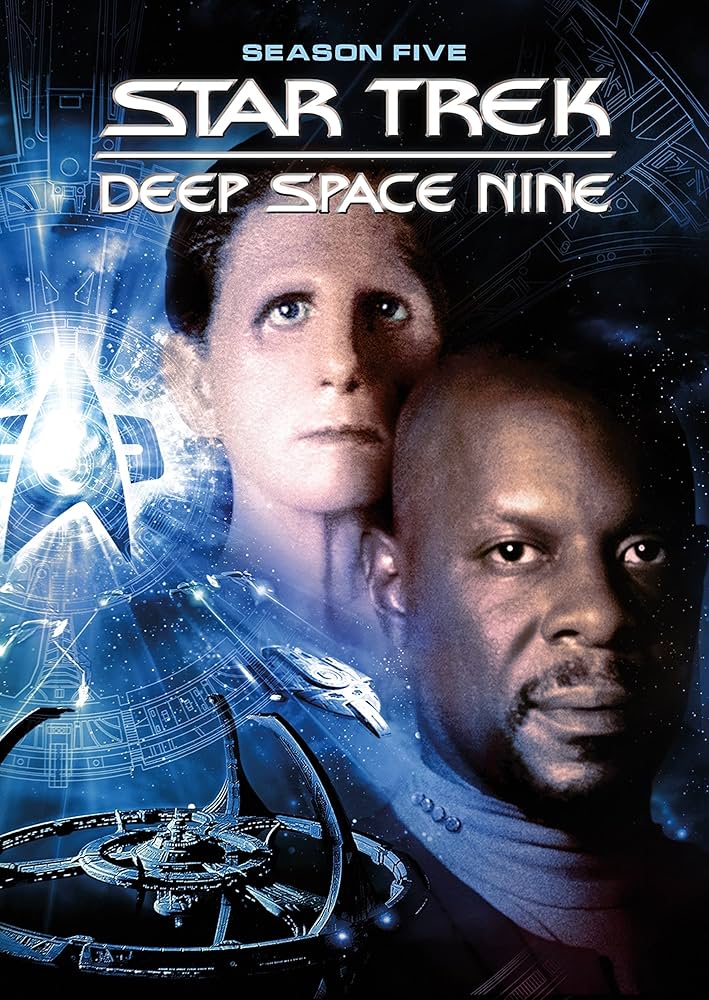
Star Trek: Deep Space Nine Season 5 marks a pivotal chapter in the acclaimed science fiction series, renowned for its exploration of complex themes and engaging storytelling. This season not only brings back the beloved cast led by Avery Brooks and Nana Visitor, but also introduces memorable episodes that delve into war, politics, and personal dilemmas. Season 5 stands out for its dramatic narrative arcs, including standout episodes like Season 5 Episode 13 and Episode 16. In this article, we’ll examine the cast and key episodes, preview neighboring seasons, and consider how Deep Space Nine fits into the broader Star Trek universe, including connections to Star Trek: The Next Generation.
Star Trek: Deep Space Nine Season 5 is a pivotal and intense chapter in the series, packed with major shifts and deepening conflicts. The season kicks off with the Cardassian Union in turmoil and the Klingons at war with both Cardassia and the Federation. Throughout the season, the political landscape dramatically changes: Martok is revealed to be a changeling, which shakes up the Federation-Klingon relations, and Dukat secretly allies Cardassia with the Dominion, setting the stage for a larger conflict in the Alpha Quadrant.
This season also explores personal stories amid the chaos. Captain Sisko faces visions from the wormhole aliens that challenge Bajor’s future, while the crew deals with the looming Dominion threat. Episodes like “Children of Time” and “In the Cards” balance intense drama with moments of humanity, showing characters coping with war through friendship and small acts of kindness. The season culminates in the gripping “Call to Arms,” where Deep Space Nine braces for a Dominion attack, marking a turning point in the series’ overarching war storyline. Season 5 stands out for its complex storytelling, blending political intrigue, character development, and the harsh realities of war.
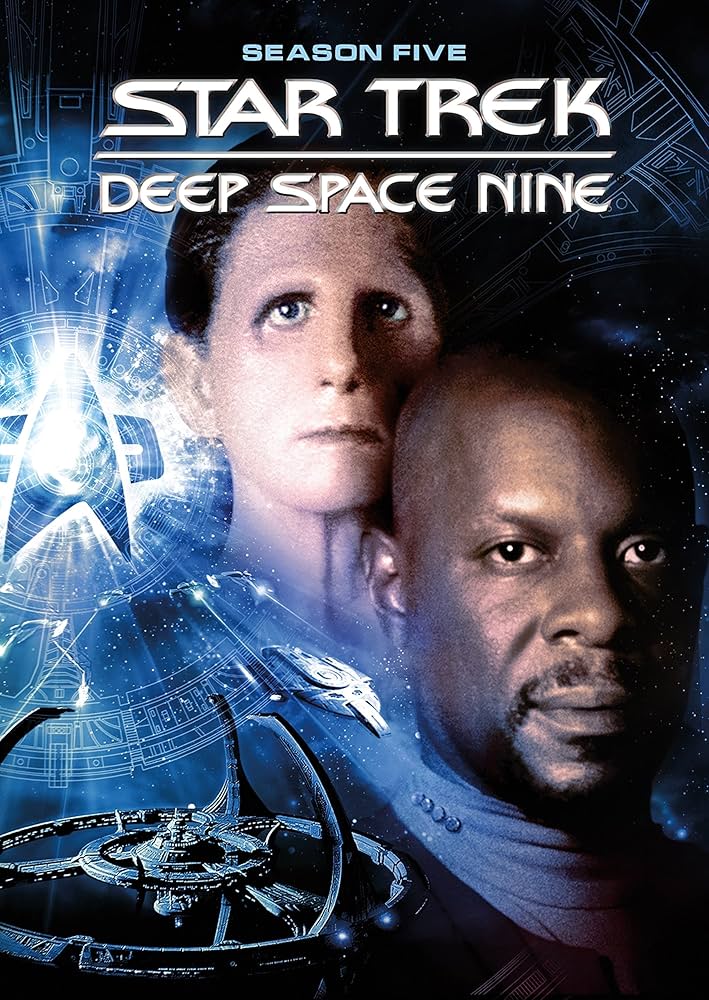
Star Trek: Deep Space Nine Season 5 features a strong and diverse main cast that brings the space station and its complex stories to life. Avery Brooks stars as Captain Benjamin Sisko, the commanding officer whose leadership anchors the series. Alongside him are René Auberjonois as Odo, the shape-shifting chief of security, and Nana Visitor as Major Kira Nerys, the determined Bajoran first officer. Terry Farrell plays Jadzia Dax, the wise and adventurous science officer, while Cirroc Lofton portrays Jake Sisko, Benjamin’s son, who grows as a writer throughout the series.
Colm Meaney is memorable as Chief Miles O’Brien, the hardworking operations officer, and Alexander Siddig brings charm and intelligence as Dr. Julian Bashir, the station’s chief medical officer. Michael Dorn joins in Season 4 as Lt. Commander Worf, adding a fierce Klingon presence to the crew. Armin Shimerman’s Quark, the witty Ferengi bar owner, adds humor and complexity to the station’s social life. Nicole de Boer also appears as Ezri Dax, the new station counselor introduced later in the season. This ensemble cast, with their rich backstories and evolving relationships, makes DS9’s fifth season a compelling blend of action, drama, and heartfelt moments.
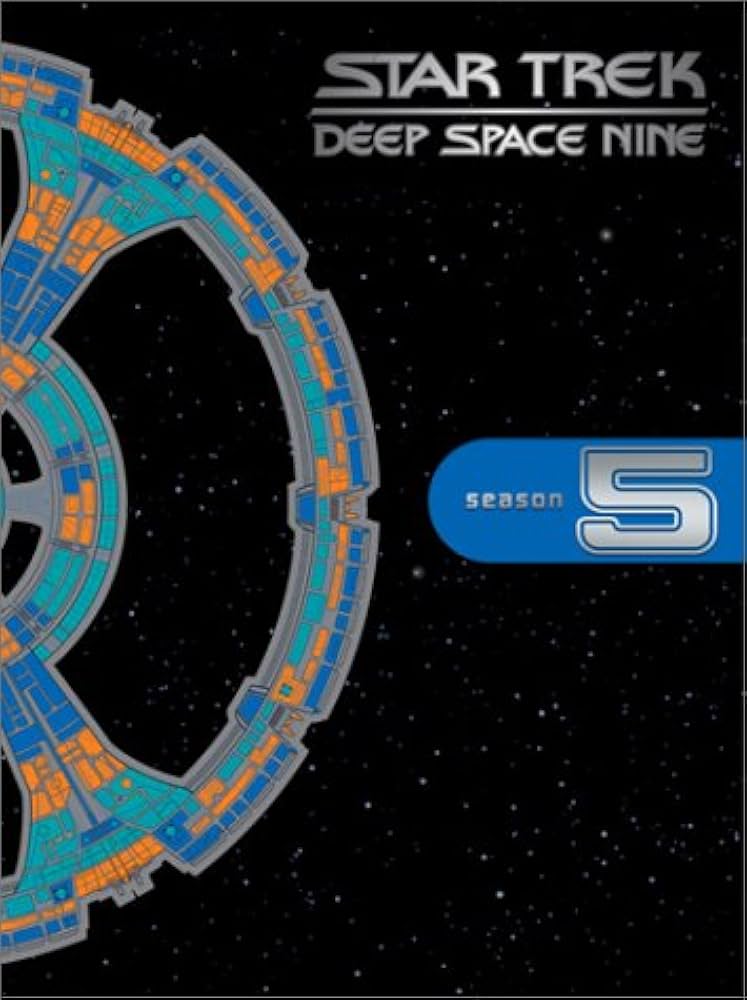
Season 5 of Star Trek: Deep Space Nine is packed with some of the series’ most intense and memorable episodes. It kicks off with “Apocalypse Rising,” where Captain Sisko and his crew undertake a daring mission to expose a Changeling infiltrator in the Klingon Empire, setting the tone for a season filled with political intrigue and high stakes. The season also explores personal stories, like Worf’s romantic entanglement in “Looking for Par’Mach in All the Wrong Places,” adding a lighter, character-driven touch.
As the season progresses, the looming threat of the Dominion war becomes central. Episodes like “Blaze of Glory” and the season finale “Call to Arms” ramp up the tension, showing the crew preparing for and responding to an all-out Dominion attack. Alongside the war drama, there are unique adventures such as “Trials and Tribble-Ations,” a clever homage to the original Star Trek series, and “In the Cards,” where Jake and Nog try to lift Captain Sisko’s spirits with a heartfelt quest.
Season 5 balances action, character development, and deep storytelling, making it a standout chapter in the Deep Space Nine saga.
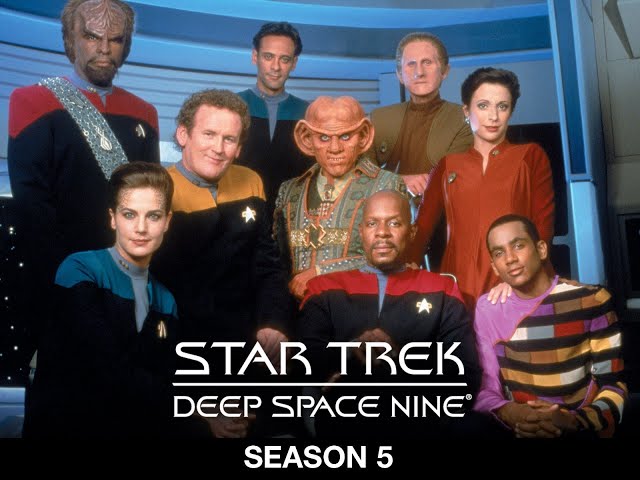
Season 5, Episode 13 of Star Trek: Deep Space Nine, titled “For the Uniform,” is a gripping and intense chapter in the series. It centers on Captain Sisko’s relentless pursuit of Michael Eddington, his former Starfleet Security Chief who betrayed the Federation by joining the Maquis. The episode explores themes of loyalty, betrayal, and the moral complexities of war. Sisko is determined to capture Eddington, who has been attacking Cardassian colonies with a devastating biological weapon that makes planets uninhabitable for decades. Despite the Defiant being damaged and under repair, Sisko takes it back into space to stop Eddington’s destructive campaign.
The tension escalates as Sisko resorts to extreme measures, including threatening to use the same kind of weapon against Eddington’s hideout, showing how far he’s willing to go to protect the Federation. The episode is notable for its intense cat-and-mouse game and the ethical questions it raises about justice and vengeance. It’s a standout episode that deepens the characters and highlights the darker side of the Star Trek universe, making it memorable for fans who appreciate complex storytelling.
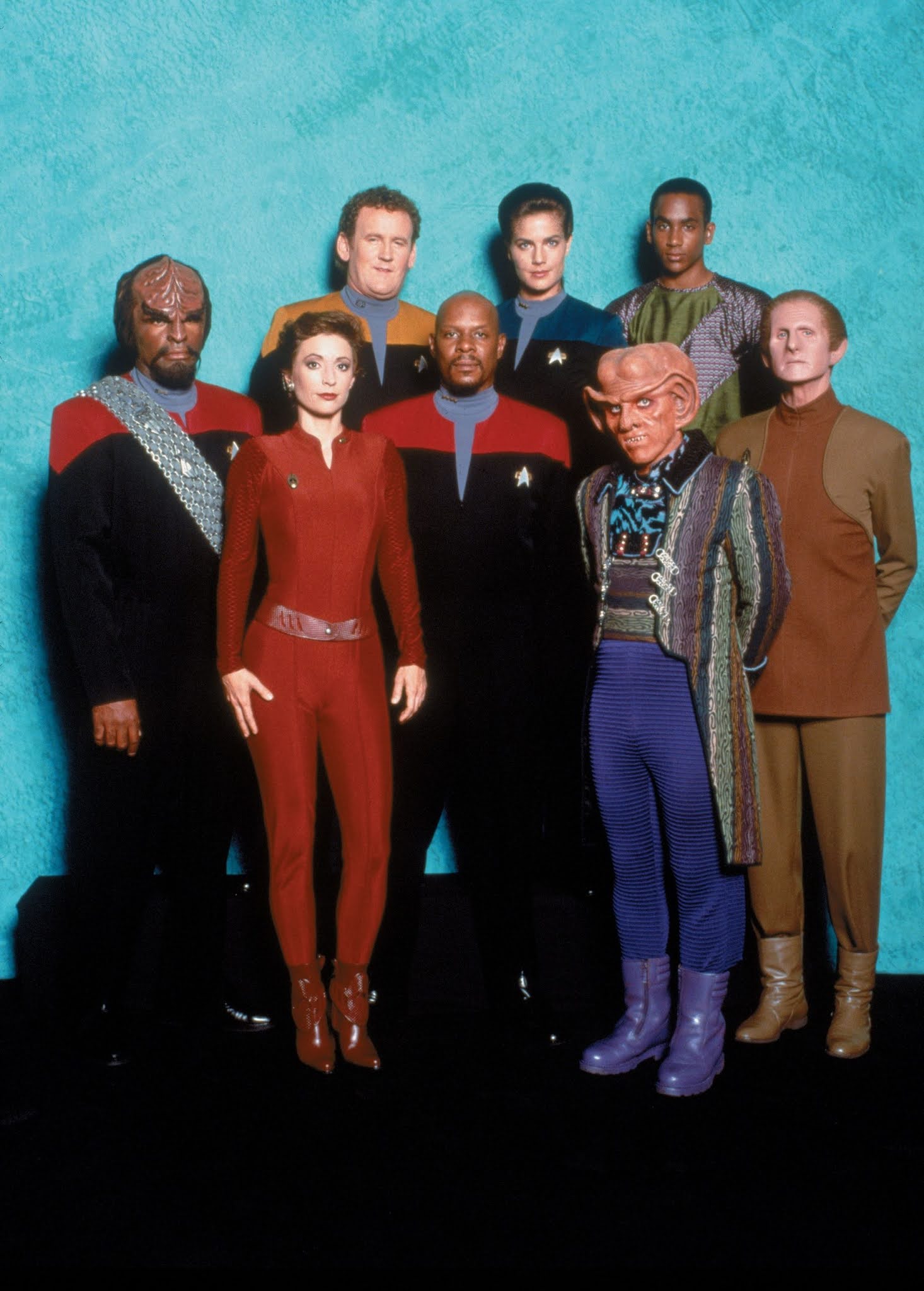
Star Trek: Deep Space Nine Season 5, Episode 16, titled “If Wishes Were Horses,” is a fun and imaginative episode where the characters’ personal fantasies start coming to life on the station. Suddenly, things like snow appear on the Promenade, and people’s daydreams manifest in surprising ways. Quark, for example, finds himself surrounded by beautiful women who adore him, but his joy is short-lived when he realizes his customers are winning at Dabo, which he desperately wants to stop, though he’s outnumbered. The situation escalates until a mysterious void forms near the station, growing larger as long as people believe in it. Captain Sisko cleverly instructs everyone to stop believing in the phenomenon, which causes the void to disappear and the crisis to end.
The episode takes a thoughtful turn when a visitor named Buck Bokai reveals that he and others are explorers who followed a ship through the wormhole to study humanoid imagination. They didn’t cause the events but simply observed them. Before leaving, Buck Bokai tosses Sisko a baseball, symbolizing the connection between imagination and reality. It’s a charming episode that blends whimsy with deeper reflections on the power of belief and creativity.
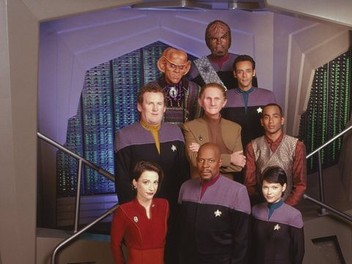
Star Trek: The Next Generation (TNG) is a beloved American sci-fi TV series that aired from 1987 to 1994, created by Gene Roddenberry. Set about a century after the original Star Trek, it follows the adventures of the USS Enterprise-D as it explores the galaxy’s Alpha and Beta quadrants. The show features a fresh crew led by Captain Jean-Luc Picard, played by Patrick Stewart, whose thoughtful leadership style marked a shift from the original series’ Captain Kirk.
What makes TNG stand out is its rich mix of characters, each with distinct backgrounds and personalities. For example, Data is an android exploring what it means to be human, while Deanna Troi is a half-human, half-Betazoid counselor with empathic abilities. The show blends action, cultural commentary, and imaginative storytelling, using space as a vast playground for exploring new civilizations and ethical dilemmas. It introduced iconic elements like the Borg and the Holodeck, which became staples of the Star Trek universe.
TNG revitalized the franchise, appealing to both longtime fans and new audiences with its optimistic yet realistic vision of the future. Its impact is still felt today, inspiring spin-offs, films, and a devoted fanbase worldwide.
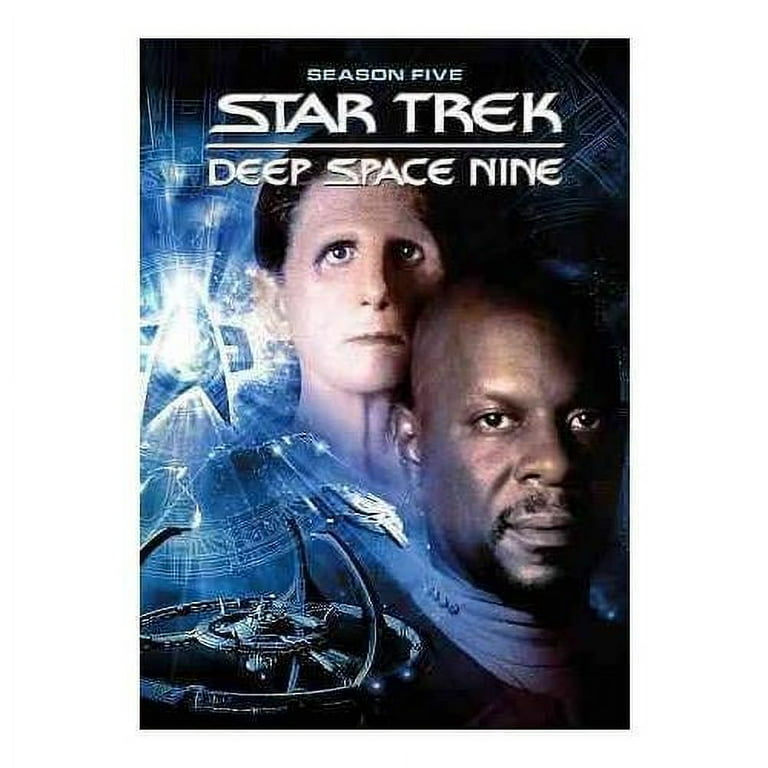
Star Trek: Deep Space Nine Season 3 is a turning point for the series, where the story starts to embrace longer, more complex arcs, especially with the introduction of the Dominion as a major, lurking threat. Unlike the Borg from The Next Generation, the Dominion isn’t about one big showdown; they represent a slow, insidious danger with long-term plans, making the tension more sustained and political. This season deepens the intrigue around characters like Garak and Quark, while Commander Sisko continues to navigate his dual role as a Starfleet officer and the Bajoran Emissary, balancing faith and duty.
The season also explores the uneasy peace between Bajor and Cardassia, adding layers of political drama and moral ambiguity. Episodes like Civil Defense highlight the darker, more complex storytelling that sets DS9 apart from other Star Trek series. Overall, Season 3 marks the show’s shift from episodic adventures to a more serialized, character-driven narrative, weaving together personal stories and larger galactic conflicts in a way that feels fresh and engaging. It’s a season that rewards viewers who stick with the unfolding saga, offering a mix of action, intrigue, and emotional depth.
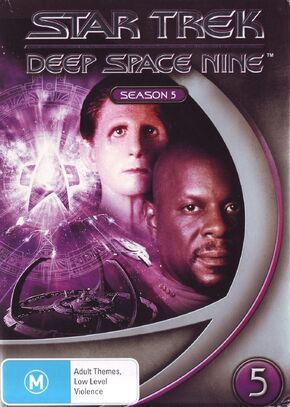
Star Trek: Deep Space Nine Season 4 is often seen as a turning point where the show really found its stride. It kicks off with the intense two-part episode The Way of the Warrior, which introduces Worf to the cast and sets the stage for the looming conflict with the Klingons and the Dominion. This season balances action-packed storylines with deep character moments, like the emotional episode The Visitor, where Jake Sisko reflects on his father’s apparent death through a touching time anomaly story.
Season 4 also dives deeper into the complex politics and alliances of the Star Trek universe, especially as tensions rise around Deep Space Nine’s strategic position near the wormhole. Episodes like To the Death and Broken Link explore the Dominion threat and Odo’s personal struggles, adding layers to the ongoing narrative. The season is praised for its consistency and for honing the show’s unique blend of serialized storytelling and standalone episodes, making it a favorite among fans who appreciate both drama and sci-fi adventure.
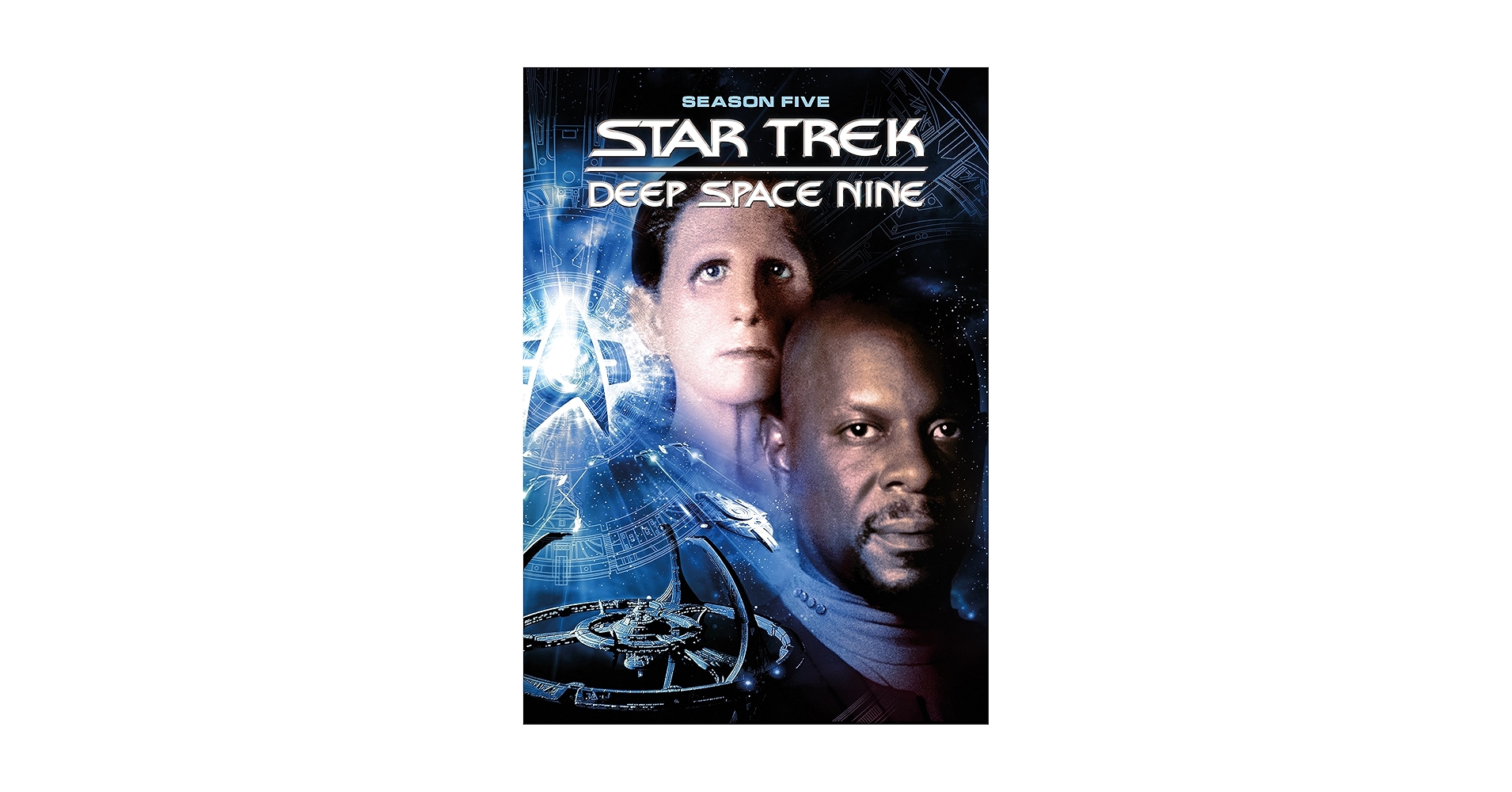
Star Trek: Deep Space Nine Season 6 dives deep into the intense Dominion War, pushing the show into darker, more complex territory. The season picks up after the Federation declares war on the Dominion, and the stakes couldn’t be higher. Key episodes like “The Sacrifice of Angels” showcase epic battles and tough moral choices, with characters like Sisko making difficult bargains to protect the Alpha Quadrant. Meanwhile, personal stories unfold, such as Dukat’s tragic downfall, hinting at even darker developments ahead.
One standout episode, “Far Beyond the Stars,” breaks the usual sci-fi mold by placing the cast in a 1950s setting, tackling themes of racial prejudice and identity in a powerful, emotional way. It’s a bold departure that highlights the show’s willingness to explore serious social issues alongside its space drama. Season 6 also continues to build on Deep Space Nine’s unique blend of serialized storytelling, character depth, and political intrigue, setting the stage for the final season’s climax. Overall, it’s a season full of tension, growth, and memorable moments that deepen the series’ reputation as one of Star Trek’s most ambitious and compelling chapters.
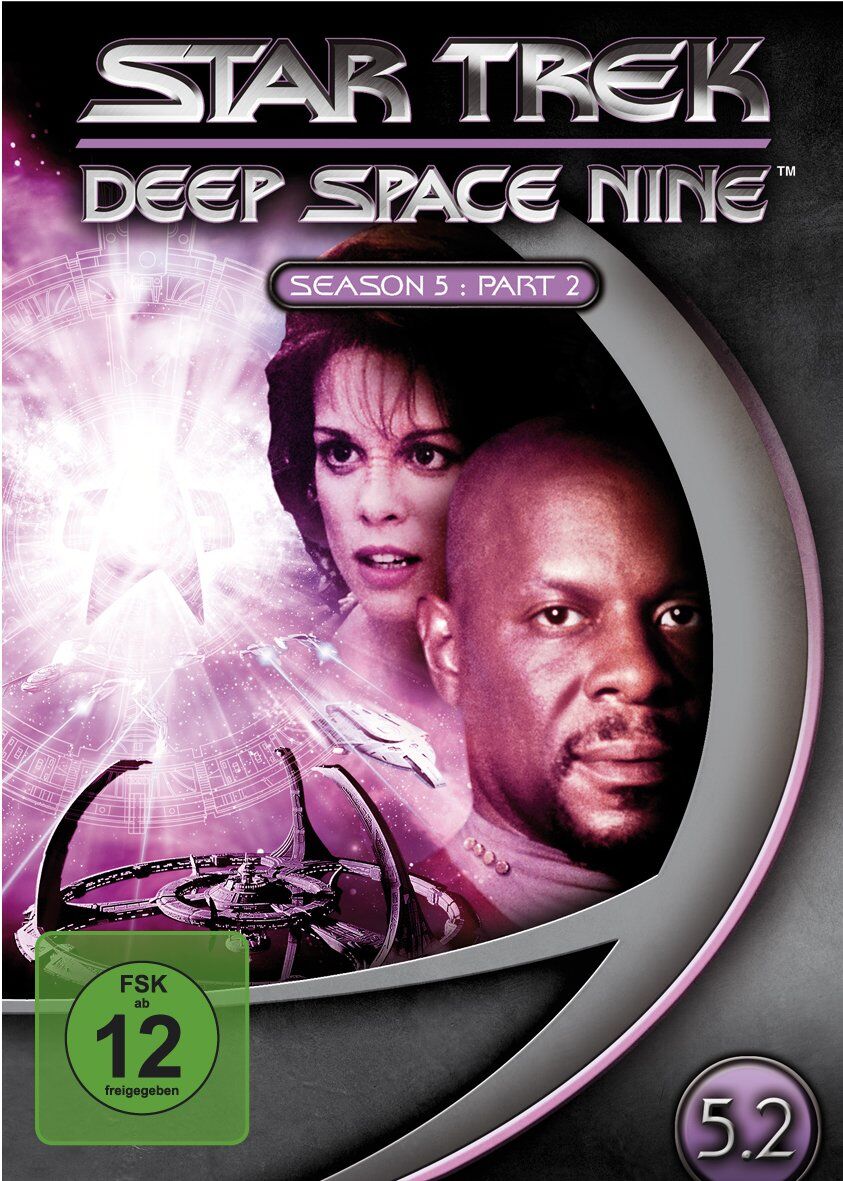
Star Trek: Deep Space Nine Season 7 is a powerful conclusion to the series, deeply exploring the consequences of the Dominion War and the personal journeys of its characters. This final season balances intense action with thoughtful storytelling, showing war as a tragic experience affecting all sides, including the Federation, Cardassians, and Dominion. It introduces Ezri Dax, the new host of the Dax symbiont, who struggles to find her place among the crew while adding fresh emotional depth to the story. Key episodes highlight the complex political shifts in the Klingon Empire and Cardassia, as well as the ongoing fight against the Dominion’s influence.
The season also delves into spiritual themes, especially through Benjamin Sisko’s quest involving the Bajoran Prophets and the mysterious wormhole, culminating in a dramatic and meaningful finale that ties together many storylines. The show’s unique setting on a space station near Bajor continues to provide a rich backdrop for exploring moral dilemmas, cultural conflicts, and the costs of war. Season 7 stands out for its mature, serialized storytelling and its ability to blend character development with large-scale sci-fi drama, making it a memorable and fitting end to Deep Space Nine’s groundbreaking run.
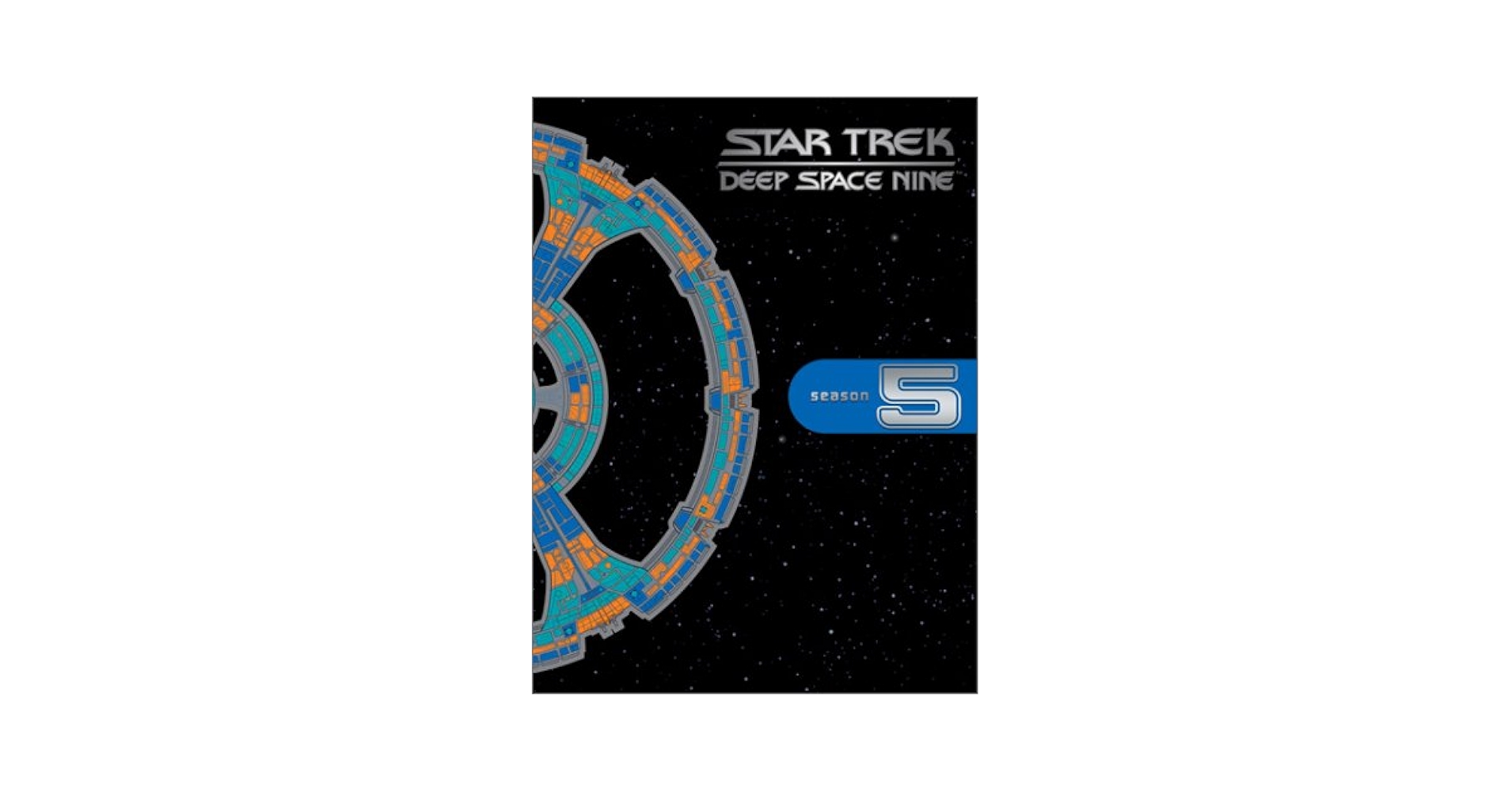
In conclusion, Season 5 of Star Trek: Deep Space Nine stands out as a pivotal chapter in the series, masterfully deepening its complex narrative and character arcs. The season boldly explores themes of morality, identity, and the consequences of war, particularly as the Dominion War looms larger. With memorable episodes, such as “In Purgatory’s Shadow” and “Call to Arms,” the writers skillfully balance introspection and action, engaging viewers in a multifaceted storyline. Ultimately, Season 5 not only solidifies Deep Space Nine’s place in the Star Trek legacy but also resonates with timeless questions about humanity, making it an iconic milestone for fans and critics alike.